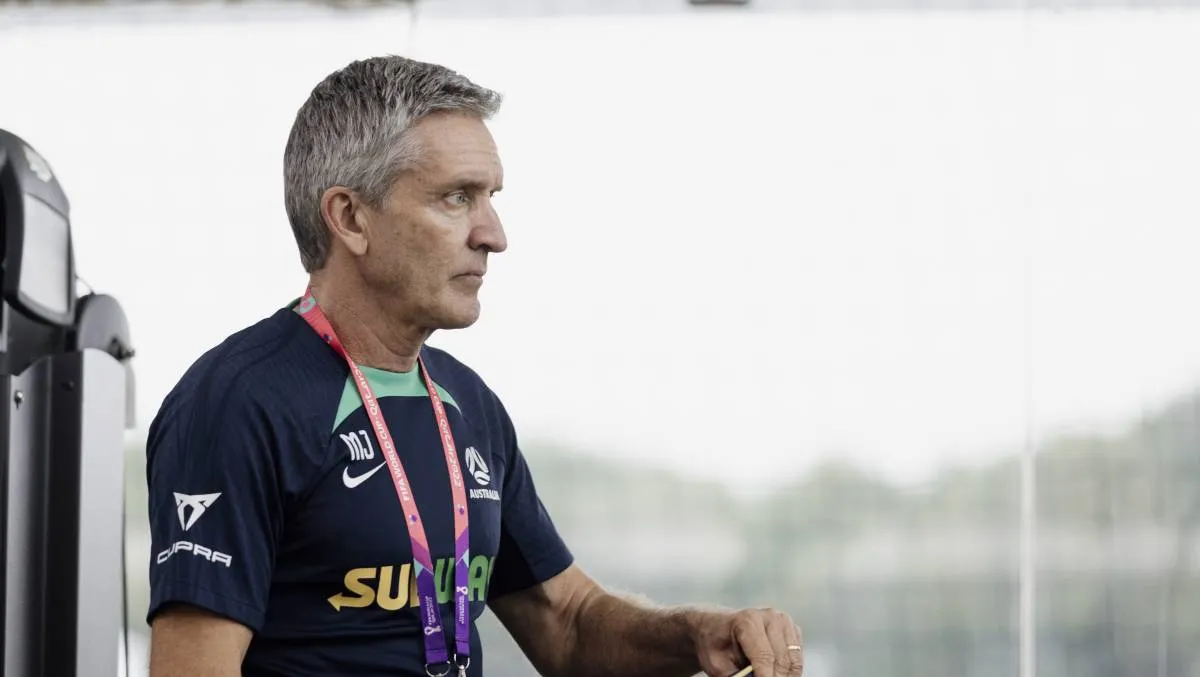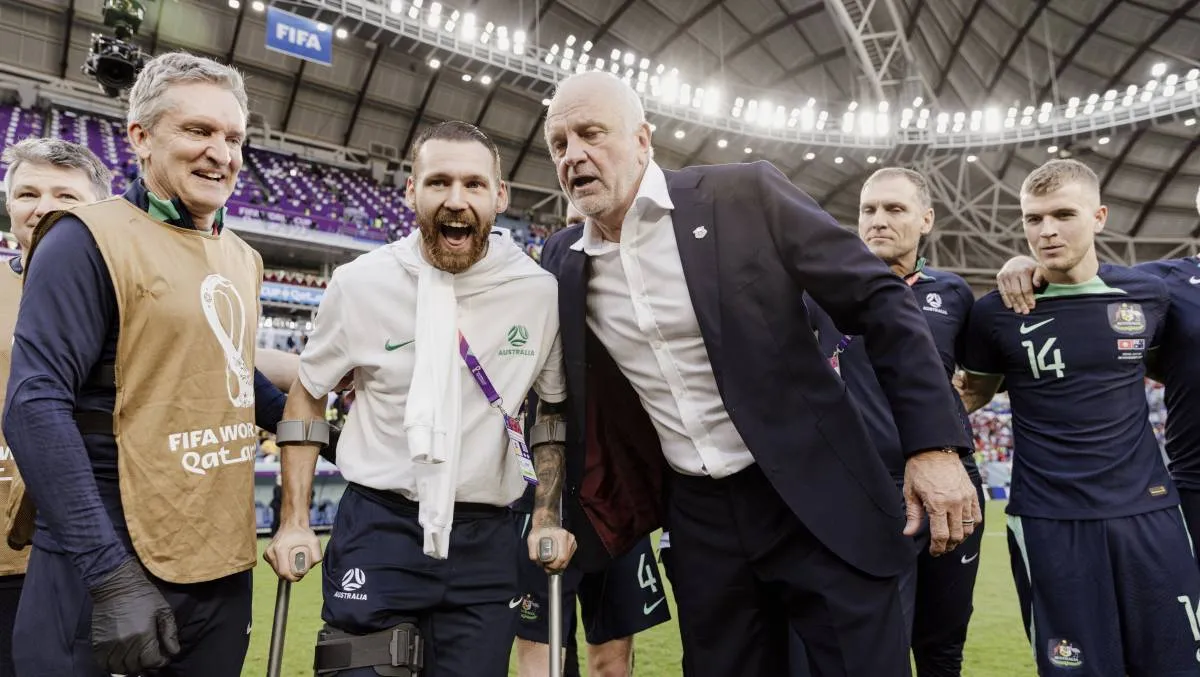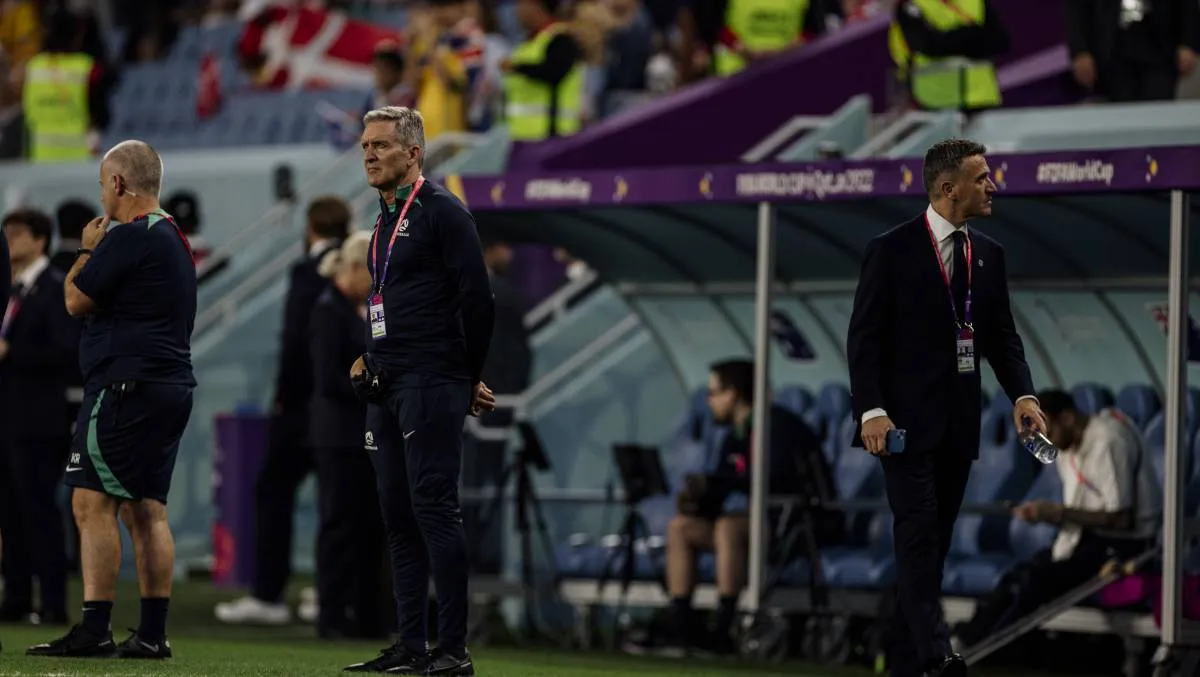The Socceroos' World Cup And Mark Jones
*THIS BLOG IS A REPOST FROM THE ILLAWARRA MERCURY. CLICK HERE TO VIEW THE ORIGINAL ARTICLE, WRITTEN BY JORDAN WARREN.

The reason behind the Socceroos' recent success at the Qatar World Cup can easily be attributed to the players. But the question that often gets overlooked is: who gets the players fit? That is where Wollongong-based sport and exercise physician Mark Jones comes in.
The average fan may not have heard his name. However his influence in all sports - but mainly football in Australia - over the past two decades has been remarkable.
From 1989 to 2002, Jones worked as the team doctor for the Steelers, then the merged St George Illawarra in the NRL.
From there he worked as team doctor for all triumphant Wolves NSL sides from 1999 to 2004, where he was part of the team that won back-to-back national titles and the Oceania Club Championships.
He then headed to the new A-League competition post-NSL as Sydney FC's 'away' team doctor for seven years. Jones was also club doctor for Western Sydney in their first two seasons when they won a minor premiership, made two grand finals and won the Asian Champions League.
His resume speaks for itself, but that does not include his contribution to the Socceroos, which is greater than you would know.

In 2001 Mark was named team doctor for the Young Socceroos. From there he was promoted to team doctor for the Socceroos in 2006 during the peak of the 'golden generation'.
Since, Jones has been part of three World Cups, three Asian Cups - the Socceroos won in 2015 and were runners-up in 2011 - and a Confederations Cup in 2017.
Quite simply, he is the best at what he does and the Socceroos are lucky to have him.
For the recent 2022 Cup in Qatar, Jones and his team had their work cut out in a race against time to get a number of injured players fit to at least play three games in nine days. As it turned out, the Socceroos defied the odds to qualify out of the group. So in the end, Australia played four games in 12 days.
And what is quite remarkable in the Socceroos case is their starting 11 was fairly constant across those four games.
Coach Graham Arnold made just three changes in the four fixtures, mostly at right-back in an attempt to find the best fit for the position out of Nathaniel Atkinson, Fran Karacic and Milos Degenek.
It is simply unheard of. Perhaps in clubland where games are spread out to once a week or at max twice a week, you would see little-to-no changes made to a starting XI, but not at a World Cup.
And the Socceroos were not coming up against minnows. In every game they faced teams ranked higher than them. Two opponents - France, who featured the best young talent Kylian Mbappe and Argentina - led by perhaps the greatest player of all time Lionel Messi, will meet each other in the final on Monday morning (AEDT).

Jones gave the Mercury some insight on how he prepares the players to leave everything they have out on the pitch one day against world No.10, then back it up against Messi just a few days later.
"The coach told us in camp before the World Cup that we would create history and become the best Socceroos team in history and we did that," he said.
"I don't think it has quite sunk in how great that achievement was. It just showed the resilience of the side to back up from that first-up heavy loss to France.
"Most definitely [take pride in the fact that the squad showed incredible fitness in the tournament]. I did reflect on that. I do feel as though it indicates how well our sports medicine and science team does work.
"It is a team effort to get the guys on the park. We didn't actually have any real injuries occur during camp, it was the injuries that occurred at their clubs prior to camp.
''So we were working really hard on getting those players match ready. I think it highlights the strategies and treatments that we use and give. It's a really combined approach with our team.
"To back up from say the Denmark game then go and play Argentina with such intensity was remarkable and was a great effort from everyone behind the scenes."
Not many would have been involved in such historic moments in Australian football, but Jones has seen it all.
Behind every great professional team in today's age, there is a great medical team.
Jones was humbled when asked if he often looked back on how much he had achieved in just one sport, let alone his involvement in numerous other codes.
"It's difficult to understand the level of emotion and passion that is involved in football, particularly at a World Cup" he said.
"For me, it's [a World Cup] unrivalled. The support that we had at home ... you could see the emotion and how much it means to some people. For me to be involved in the game is rewarding for myself.
"Medicine is a really fulfilling career [and] I still consult as a specialist in sports and exercise medicine privately in Wollongong.
''The role with the Socceroos and being Head of Medical at Football Australia is great as well. But having that exposure to a high-performance sport environment I feel does improve the skill set and knowledge.
"Travelling around the world, meeting new people and being involved in such amazing sporting moments, I just look and think how privileged I am to stand beside my teammates especially while singing the national anthem of your country on the world stage. It's the best job in the world.
"The thing about the Socceroos is that it was a team effort. We don't have a Lionel Messi, but the team just pulled together - on and off the pitch - including the support staff. When I look back the best memories are about the people I've met."
*THIS BLOG IS A REPOST FROM THE ILLAWARRA MERCURY. CLICK HERE TO VIEW THE ORIGINAL ARTICLE, WRITTEN BY JORDAN WARREN.
